- Overview
- Trip Outline
- Trip Includes
- Trip Excludes
- Gallery
- Reviews
- Booking
- FAQ
Here you have the unique opportunity to see the "must-see" places,
as well as special features of the country that not everyone knows.
From the pyramids to the temples in Luxor and Aswan
to the fascinating western desert road with its oases
Dakhla, Farafra, Bahareya -
and as a special highlight the White Desert:
A landscape where dreams are at home.Day 1: Airport - Hotel
When you arrive, you'll be picked up from Cairo International Airport, then check in to hotel. In any case a cosy place to start your Egyptian adventure.
Welcome by our guide, who explains the program for the next few days and, of course, is happy to answer any questions.
Overnight Pearl Hotel, Maadi or similar
Day 2: Pyramids - Sphinx
Today, you'll explore the last remaining wonder of the ancient world; standing for nearly 4,000 years, the extraordinary Giza Pyramids.
The Great Sphinx of Giza is a limestone statue of a reclining sphinx, a mythical creature with the head of a human, and the body of a lion. Facing directly from west to east, it stands on the Giza Plateau on the west bank of the Nile in Giza, Egypt. The face of the Sphinx appears to represent the pharaoh Khafre.
Your tourguide is ready to answer your questions. He will give you a complete tour through the facility.
In the evening you might still feel like taking a short walk through the streets of Cairo to experience the liveliness of this city up close.
Overnight Pearl Hotel, Maadi or similar. (B)
Day 3: Cairo - Aswan (sleeper train)
Day at leisure and night train to Aswan
On this day you have many options. Be it that you sit in a cafe
and watch life and hustle and bustle from here, be it that you want to book an additional day tour - see..
Be pampered by your private waiter before you start rolling the wheels hassle-free and comfortable and wake up in a new world- Aswan.
Overnight Sleeper Train to Aswan. (B/D)
Day 4:Aswan - High Dam - PhilaeYour on-site tour guide will pick you up at the train station and
take you to the hotel to freshen up before you start
the sightseeing program together.
Today you visit mainly two sights: The High Dam and Philae Temple.
The Aswan Dam, or more specifically since the 1960s, the Aswan High Dam, is one of the world's largest embankment dams, which was built across the Nile in Aswan, Egypt, between 1960 and 1970. Its significance largely eclipsed the previous Aswan Low Dam initially completed in 1902 downstream. Based on the success of the Low Dam, then at its maximum utilization, construction of the High Dam became a key objective of the government following the Egyptian Revolution of 1952; with its ability to better control flooding, provide increased water storage for irrigation and generate hydroelectricity, the dam was seen as pivotal to Egypt's planned industrialization. Like the earlier implementation, the High Dam has had a significant effect on the economy and culture of Egypt.
The Philae temple complex is an island-based temple complex in the reservoir of the Aswan Low Dam, downstream of the Aswan Dam and Lake Nasser, Egypt.Built during the reign of Ptolemy II (Egypt's Greco-Roman Period), the Temple of Isis at Philae is dedicated to Isis, Osiris, and Horus. The temple walls contain scenes from Egyptian mythology of Isis bringing Osiris back to life, giving birth to Horus, and mummifying Osiris after his death.
You can also enjoy the pictoresque feluccas floating by on the Nile or the hustle and bustle on Aswans streets.
Overnight 3* Hotel in Aswan or similar. (B)
Day 5: Aswan - Abu Simbel - Aswan (5* Nile Cruise)
Abu Simbel is a historic site comprising two massive rock-cut temples in the village of Abu Simbel, Aswan Governorate, Upper Egypt, near the border with Sudan. It is situated on the western bank of Lake Nasser, about 230 km southwest of Aswan.
Together with your guide you start early in the morning by car towards the temple complex. It was dedicated to the gods Amun, Ra-Horakhty, and Ptah, as well as to the deified Ramesses himself. It is generally considered the grandest and most beautiful of the temples commissioned during the reign of Ramesses II, and one of the most beautiful in Egypt..
After the car has brought you back to Aswan, a ship will become your new home: you embark on your Nile cruise in the evening.
Overnight 5* Nile cruise or similar. (B/L/D)
Day 6: Kom Ombo - Edfu (5* Nile Cruise)
Now you have a few days the opportunity to see the world from the water on the one hand and to visit important historical relics on your shore excursions on the other hand.
The Temple of Edfu was buried under centuries of sand and silt until the nineteenth century, when French Egyptologist Auguste Mariette rediscovered the site. The complex is one of the most well-preserved sites in Egypt today; its architecture is very much intact, and the building contains a wealth of legible inscriptions on its walls. It is dedicated to the falcon god, Horus.
Kom Ombo Temple is one of the oldest and important temples in Egypt its built for Sobek the crocodile god and Haroeris god.
Our boat trip will provide the chance to visit both of them.
Overnight Nile cruise or similar. (B/L/D)
Day 7: Karnak Temple - Luxor Temple (Nile Cruise)
Today you have solid ground under your feet again and check into the hotel in Luxor.
But before that, you visit the age-old Temples of Karnak and Luxor Temple on the Nile's East Bank. You'll admire its columns, courts and statues.
Karnak was a cult temple dedicated to Amun, Mut und Khonsu. It is the largest religious building ever constructed. Although the mud-brick houses and palaces of Thebes have disappeared, its stone temples have survived.
The most beautiful of these is the temple of Luxor. Largely built by the New Kingdom pharaohs Amenhotep III (1390–1352 BC) and Ramses II (1279–1213 BC), this temple is a strikingly graceful monument in the heart of the modern town.
Overnight 3* Luxor Hotel or similar. (B/L/D))
Day 8: Valley of Kings - Hatshepsut Temple
Today, you'll be up early to visit Valley of the Kings. The Valley of the Kings is one of Egypt's most spectacular destinations. Located on the west bank of the Nile River near Luxor, this small area contains a staggering amount of exquisitely decorated tombs of Egypt's ancient kings.
The divine place was once called the Great Necropolis of Millions of Years of Pharaoh, or the Place of Truth, and it has 63 magnificent royal tombs. It is the burial site of almost all of the pharaohs from the 18th, 19th, and 20th dynasties.
Overnight 3* Luxor Hotel or similar. (B)
Day 9: Luxor - Kharga - Dakhla
Today we leave the realm of the southern pharaos and embark on a journey through the majesty of the Western Desert.
Silence, space and peace accompany us on the journey towards the oases of Kharga and Dakhla.
Close to Kharga we have a stop-over at El Bagawat and the Temple of Hibis.El Bagawat, is an ancient Christian cemetery, one of the oldest in the world, which functioned at the Kharga Oasis in southern-central Egypt from the 3rd to the 7th century AD.
It is one of the earliest and best preserved Christian cemeteries from the ancient world.
The Temple of Hibis is the largest and best preserved ancient Egyptian temple in the Kharga Oasis, as well as the only structure in Egypt dating to the Saite-Persian period (664–404 BCE) which has come down to modern times in relatively good condition. Located about 2 km north of Kharga,it was devoted to a syncretism of two local forms of the deity Amun: "Amun of Hibis" and "Amun-Ra of Karnak who dwells in Hibis".
It is alternatively believed to be dedicated to Amun and Osiris, its sanctuary contains depictions of hundreds of Egyptian deities.
Finally we arrive at the oasis of Dakhla, a special place as well.
Dakhla Oasis is the southernmost oasis of Egypt -
and it was historically located in the center of an important caravans trading route that linked the Dakhla not only to the Kharga and Farafra Oases but only to the Nile Valley in the West and as far to the east as Libya.
As opposed to the other oases in Egypt, more than half of the lands of Dakhla Oasis are agriculturally cultivated. This is because Dakhla Oasis is rich with a large number of water springs like "Bir Talata" (well number three) and "Bir El Gabal" (the well of the mountain). These freshwater springs have become the most popular tourist attractions in Dakhla Oasis because of their wonderful warm water and relaxing atmosphere.
Overnight in the Hotel Desert Lodge or similar. (B)
Day 10: Dakhla - White Desert
Let's walk through the oasis and explore its special charme.
El-Qasr is a small village in El-Dakhla Oasis. The village itself is an interesting place to visit since no big change has been made to it since the ancient times. In different corners of the village, archeologists found a pottery factory, an old corn mill, as well as various Roman, Mameluke and Ottoman remains. The Mosque and Madrasa of El-Qasr Both the Mosque of El-Qasr (also known as Nasr el-Din Mosque) and the Madrasa (Quranic school) date back to the Ayyubid Period (c. 1000 AC).
Deir el-Hagar, the ‘Monastery of Stone’, is a sandstone temple on the western edge of Dakhla Oasis, about 10km from el-Qasr in the desert to the south of the cultivation. In ancient times it was known as the ‘Place of Coming Home’, or ‘Set-whe’. After being buried in debris and sand for many centuries by the huge dune that can still be seen to the south, the temple has been uncovered, restored and partially reconstructed during the 1990s by the Dakhla Oasis Project with the Supreme Council of Antiquities and is now open to visitors.
But to crown the day, the pass now leads us to the famous White Desert.
Also known as the Great Rann of Kutch, the White Desert is a vast area of pristine white salt desert often explored for its natural beauty and ecological importance. It is also called the world's largest salt desert which stretches from the mouth of River Indus to the Gulf of Kutch.
Enjoy a night under the stars where legends come true.
Overnight Camp in White Desert National Park. (B/D)
Day 11: White Desert - Bahareya Oasis
There is a lot to see:
The Crystal Mountain is an obligatory stop for adventurous safari tours in the Oases of Egypt in the White desert . A small natural arch in the rock and the glittering calcite crystal walls make it a perfect place to pose for photos.
This is what geologists call an exhumed cave , a cave complete with stalagmites and stalactites that has been thrust upwards by earth movement and with time has lost its roof to erosion and has almost weathered away.
Such as life - also the desert is black and white.
A little to the North of the White Desert, the Black Desert is closer to Bahariya than Farafra; approximately 50 km to the South of Bawiti. The mountains have eroded to coat the desert with a layer of black powder and rocks giving it its name.
Finally we reach the last oases - Bahareya.
Bahareya Oasis may not literally be the moon, but the landscape is so surreal and constantly changing, it feels close enough to the experience. Situated in a 100km by 40km (62 by 25 miles) depression and completely surrounded by high black escarpments, Bahariya is a natural treasure of Egypt and well worth visiting.
Overnight Bahareya Old Oases Hotel or similar. (B/L)
Day 12: Bahareya - Wadi Haitan - Cairo
And today a special highlight awaits you again:
The World Heritage Site of Wadi Al Hitan.
Wadi Al-Hitan is world-famous for its hundreds of incredibly well-preserved whale fossils and provides extensive evidence for one of the great mysteries on earth: whales were once a land-based animal and merged into an ocean-going mammal.
A museum at the entrance to the national park also provides a short film for a journey through time. On your way back to Cairo you have the chance to visit the pottery village of Tunis. Various artists gather here - mainly potters, whom you are welcome to look over the shoulder and where it is certainly worth buying one or the other unique piece.
Eventually you will be greated again by Crazy Cairo.
Overnight Cairo Pearl Hotel or similar (B)
Day 13: Egypian Museum - Khan Khalili
No Egypt vacation is complete without a visit to the Egyptian Museum in Cairo. With over 120,000 artifacts, the museum houses an unbelievable exhibit depicting ancient Egypt's prime. Mummies, sarcophagi, pottery, jewelry and, of course, King Tutankhamen's treasures - it's all there.
Khan el-Khalili is a famous bazaar and souq in the historic center of Cairo, Egypt. Established as a center of trade in the Mamluk era and named for one of its several historic caravanserais, the bazaar district has since become one of Cairo's main attractions for tourists and Egyptians alike.
Immerse yourself in the scent of the Orient and perhaps find some last souvenirs to take home.
Overnight Cairo 3* Pearl Hotel or similar. (B)
Day 14: Coptic Cairo - Felucca ride
Today, you'll begin your journey on the right bank of the Nile opposite to the Island of Roda where the Coptic quarter, is located. The historical area is home to a beautiful collection of Churches, Mosque and Synagogue all in close proximity.
Coptic Cairo is a part of Old Cairo which encompasses the Babylon Fortress, the Coptic Museum, the Hanging Church, the Greek Church of St. George and many other Coptic churches and historical sites. It is believed in Christian tradition that the Holy Family visited this area and stayed at the site of Saints Sergius and Bacchus Church (Abu Serga). Coptic Cairo was a stronghold for Christianity in Egypt both before and during the Islamic era, as most of its churches were built after the Muslim conquest of Egypt in the 7th century.
Afterwards we relax on a Felucca Ride on the Nile.
Overnight Cairo Pearl Hotel or similar. (B)
Optional: Museum of Civilization
As a new home for the mummies and many other old treasures, it is particularly worthwhile to go there with our guide, who knows a lot about how to explain.
Optional:
Museum of Civilization
As a new home for the mummies and many other old treasures, it is particularly worthwhile to go there with our guide, who knows a lot about how to explain.
Day 15 : Hotel - Airport
After breakfast we will transfer you to Cairo International Airport. We hope you brought wonderful souvenirs with you and wish you a safe journey!
See you again - Insh Allah! (B)
See you again - Insh Allah!
- Private Tour
- 9 Hotel accommodation
- 1 night camping
- 1 night sleeper train
- 3 nights 5* Nile Cruise
- meals: 14 B/ 4 L/ 5 D
- all transfers
- Program like mentioned above,
- Local guides in Cairo, Luxor and Aswan
- International flights
- Visa fees
- Archeological Entry fees
- National Park entry fees.
- Travel insurance and all kind of insurances.
- Meals and drinks not mentioned.
- Tips for guide, drivers...
- Anything that is not mentioned in the program.
Add a review
No Details Found


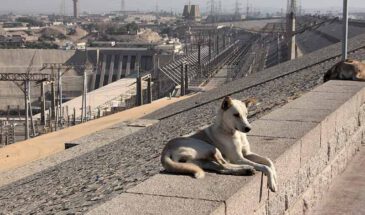
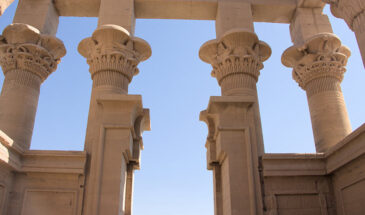


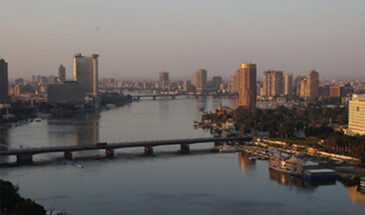
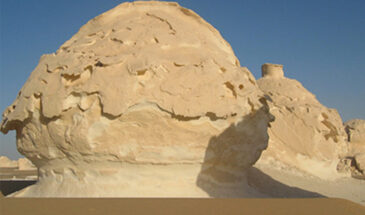
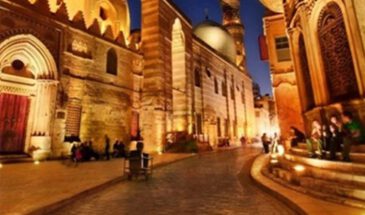
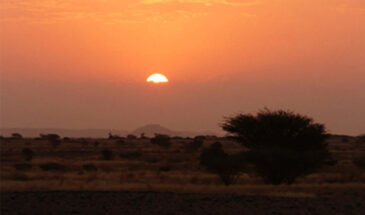
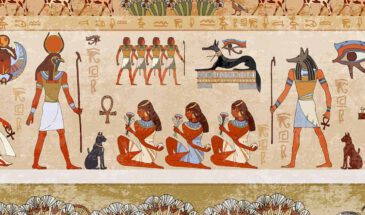

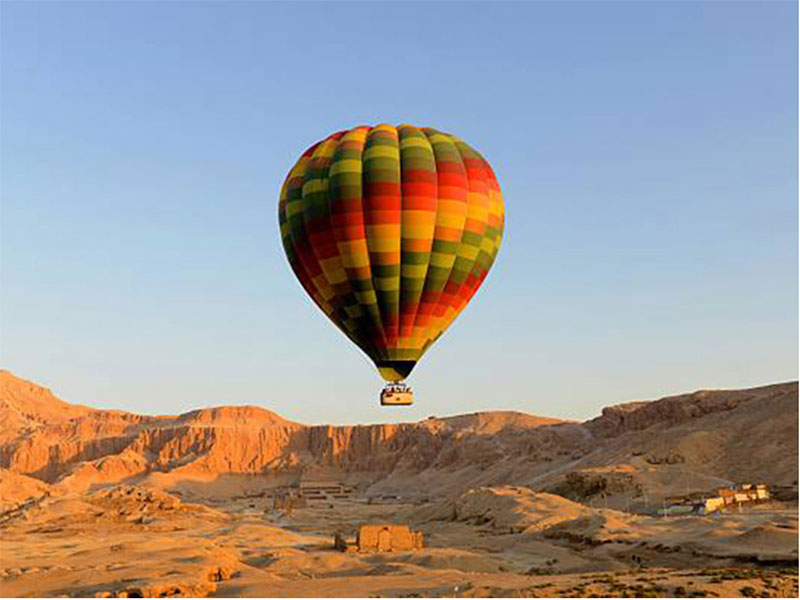
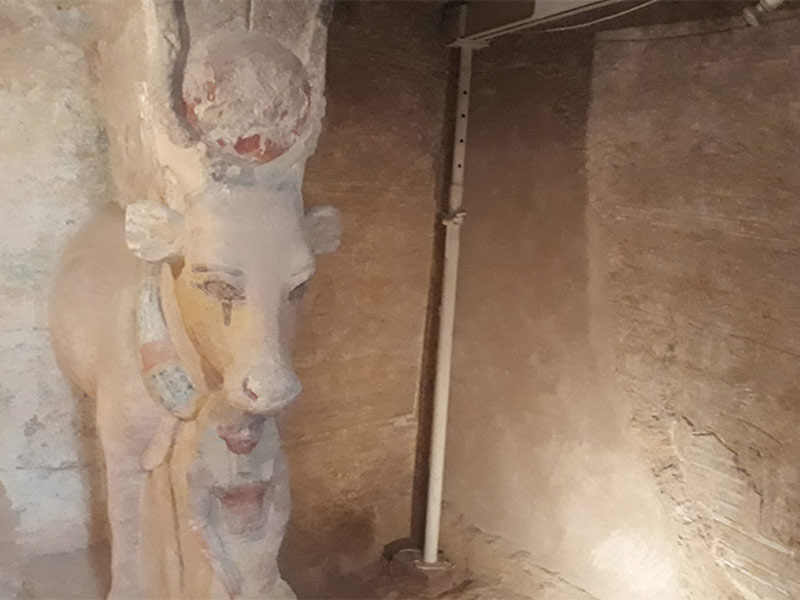
Tanja– :
A wonderful program
Highly recommended